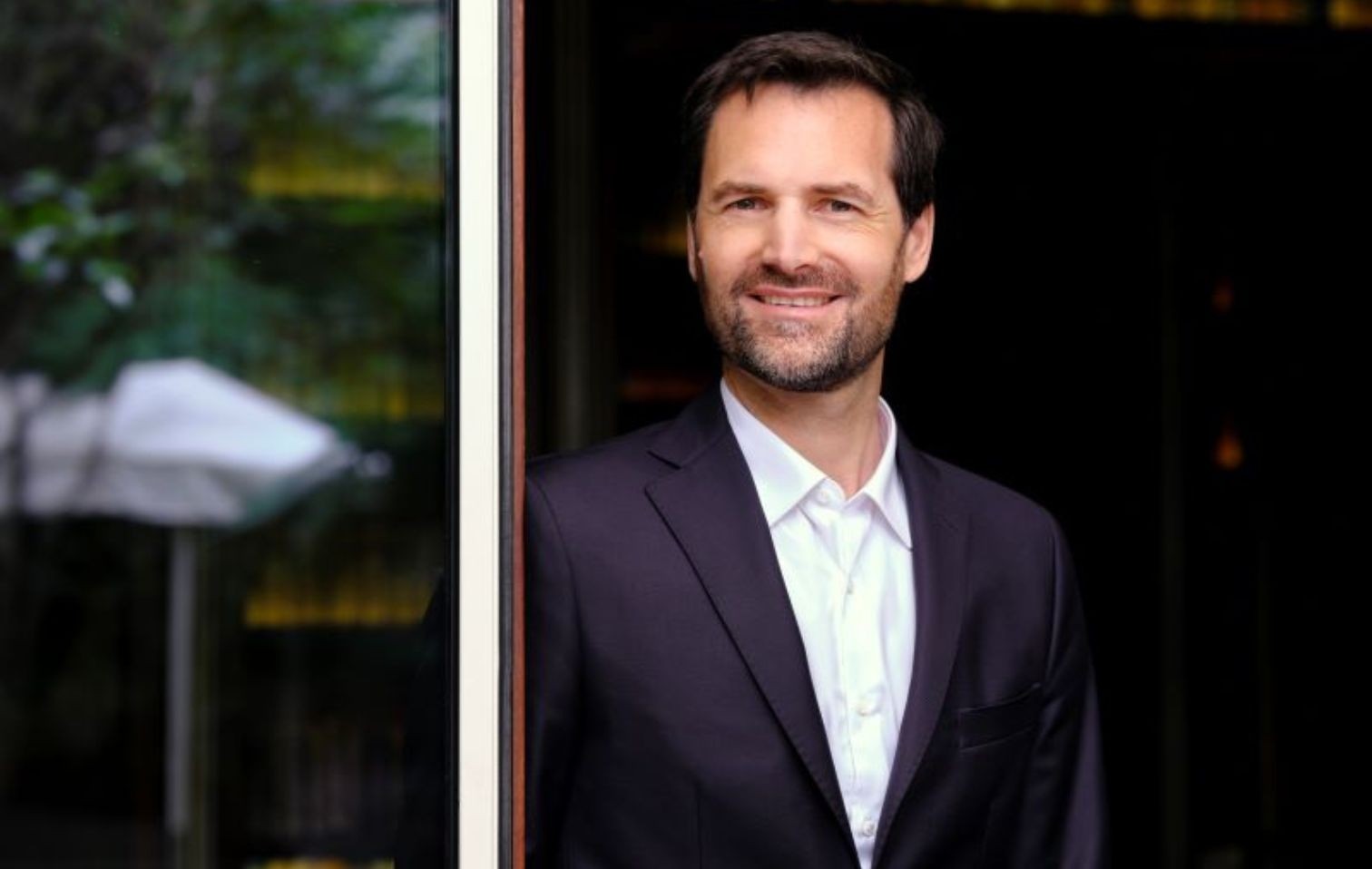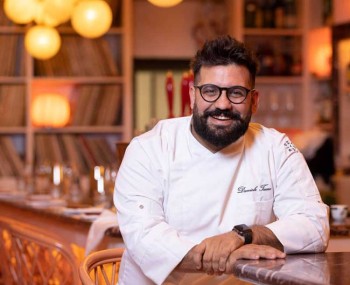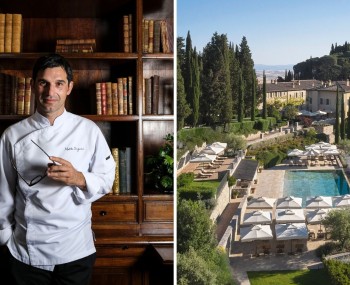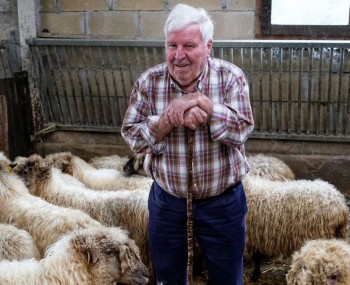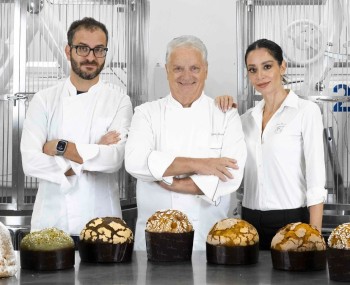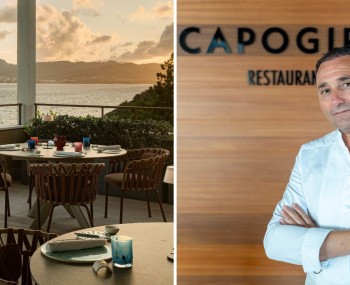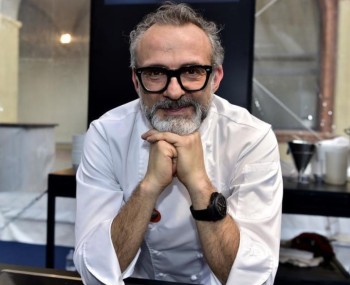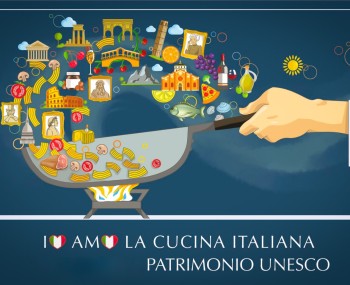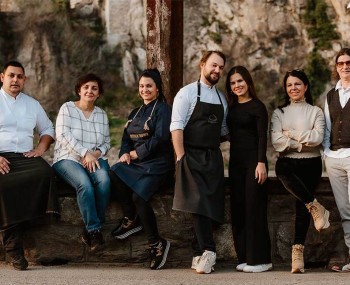The director of the Guide analyzes the world gastronomic scenario, with special reference to newcomers.
The News
“Every generation turns against its fathers and befriends its grandfathers," wrote U.S. sociologist and urban planner Lewis Mumford. Thought that perfectly describes the analysis of the current world gastronomy and its protagonists proposed by Gwendal Poullennec, director of the Michelin guide. “All over the world, new scenarios are emerging with incredible force. Young chefs, driven by projects deeply rooted in their land, are building their own vision of excellence.
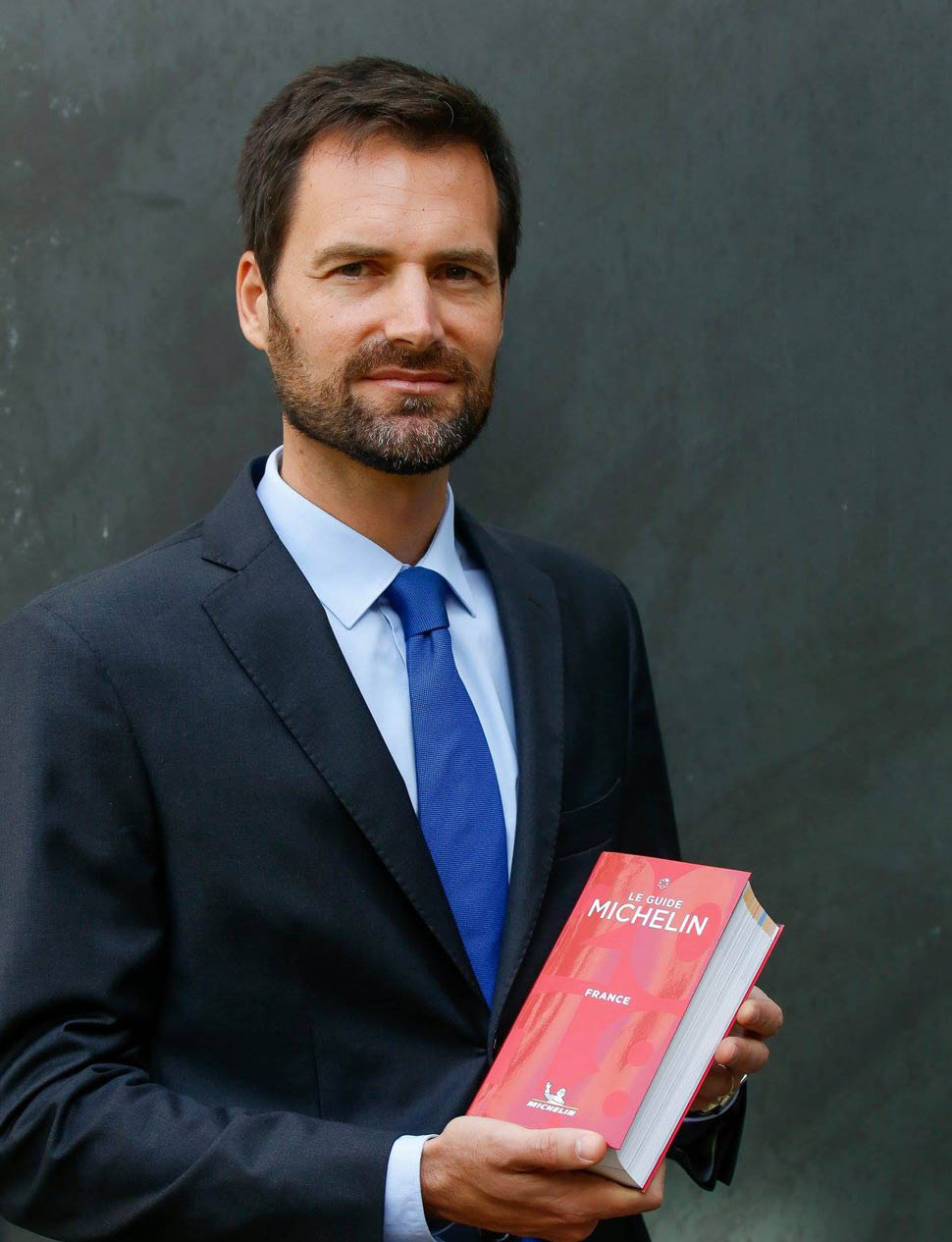
Culinary identity statements, where the chef's personal history and local culture are intertwined. What strikes me is the youthfulness of the talent emerging today. Sometimes they open a restaurant when they are 25 or 26 years old, with a clear vision, an accomplished project that integrates décor, tableware, service, and a strong impact on the local area,", he confided to Food & Sens during Sirha 2025 (Lyon), the most important trade fair for the restaurant industry.

A profound rediscovery of the territory and its essence that passes, inevitably, through the study and internalization of the traditions of yesteryear with the aim of celebrating the places of one's history and revealing one's identity through dishes. A new approach that distances itself from the fine dining cuisine of past decades-often too plastered-to return to its origins. “Today, gastronomy is no longer limited to a single form; it is changing, diverse and spread all over the world. We have more and more concepts that combine accessibility and excellence without sacrificing creativity. Twenty years ago a taqueria with a Michelin star would have been unthinkable. Today it is a reality," he continues. Young chefs, often under 30, are reshuffling the cards and shaking up models established over the years to manifest through authentic paths, their own concept of cuisine increasingly connected to terroir and ingredient.
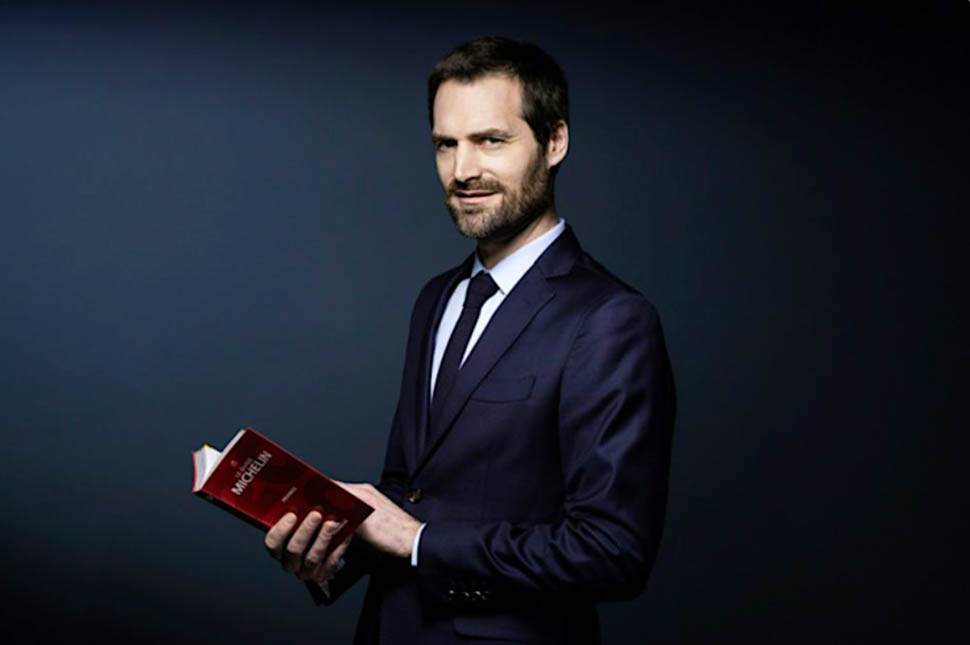
“The essence of haute cuisine remains the same: enhancing products, telling a story and giving a unique emotion...the big difference lies in the experience offered: more relaxed service, more authentic interactions. The dining experience becomes first and foremost a matter of personality and sincerity. What we want is to feel the chef's story on the plate, to understand his journey, his connection to his territory. We are seeing the emergence of models where waste is banished, where short supply chains become the norm, where cuisine rediscovers its fundamentals."
